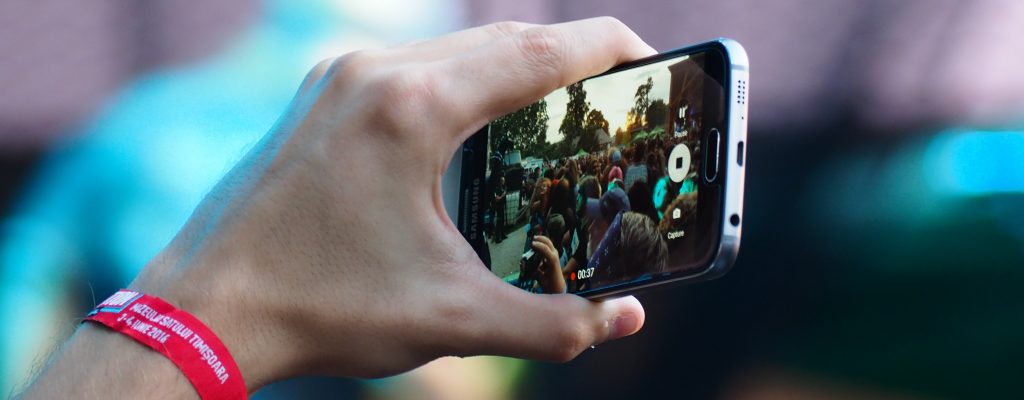Social media is a tool that agencies are increasingly using in recruiting efforts and innovative campaigns and programs. A new report from Hootsuite highlights a few key recommendations for agencies intent on maximizing the benefits of social media, including prioritizing video and visual content and having a social-ready plan for the unexpected.
Some key tips from the paper include:
- Use social media platforms to build authentic, memorable connections by utilizing stories and video posts.
- Build a following by posting interesting content that users want to engage with.
- Establish relationships with influencers with a substantial following that have a connection to your agency to maximize your social media reach.
- Increase the visibility of your social media handles by displaying them on literature, signage and email signatures.
- Consider using tools like Facebook Live to supplement press releases.
- Respond with professionalism and understanding in all social media interactions.
Social media is becoming less text-dependent and more visual and engaging to capture user interest on platforms where everything is vying for their attention. Stories, in particular, made popular on Snapchat, Instagram and Facebook, are growing 15 times faster than feed-based sharing, according to Hootsuite.
Stories are seen as more spontaneous and personal than their text-based counterparts, which some agencies might not be used to. However, agencies who are open to experimenting with stories can learn from the example of the Royal Navy in the United Kingdom.
The Royal Navy integrated Instagram stories into its social media strategy to raise awareness of the work it does by allowing Lt. Matt Raeside to answer questions that arose from the 2018 series “Warship: Life at Sea” in an unedited story on Instagram. About 70 percent of the questions the Royal Navy received were about recruitment, which was a central driver for the campaign to begin with.
At the end of the campaign, the Royal Navy had the highest visitor traffic of the year to its website, with most visitors going to the careers page. “The use of social media strengthened the connection between members of the Royal Navy and the viewers who saw their own questions answered in real time,” according to Hootsuite. The television media aspect of the campaign strategy was strengthened by adding the interactive element of social media; the connection was made more genuine through an unedited story response.
Video content, in general, is on the rise, albeit videos of shorter length. Hootsuite states that there’s a growing appetite among audiences for ‘snackable’ video content that is also consistent and personal. The staff at the city of Frisco in Texas ran a social media campaign in 2018 that delivered on all fronts. The city released one video every day for 100 days to highlight different services, departments and news across the city. The campaign won Best Social Media Campaign at the Savvy Awards and resulted in a wealth of content for the city’s Facebook, Twitter and YouTube accounts.
Social media can also be a useful channel to deal with unexpected, often difficult, situations. “Following multiple devastating hurricanes in early 2018, social media became a lifeline for those in need communicating with loved ones, as well as with emergency officials,” Hootsuite said. Social media can allow governments to be more proactive than ever in terms of crisis response, but that connection can only occur if the right audience sees the content.
Agencies can build a following by partnering with local influencers and encouraging constituents to follow them on social media, and then they can build credibility on social media by debunking false information and relaying the correct narrative before a crisis escalates.
Governments can also build trust with their constituents through social media by responding with empathy and professionalism to citizen complaints. People can be critical online, but governments can show that they have heard, and are willing to respond, to feedback on an online platform.
How are you using social media at your agency? Let us know in the comments below.
Photo Credit: lifesimply.rocks on Unsplash
